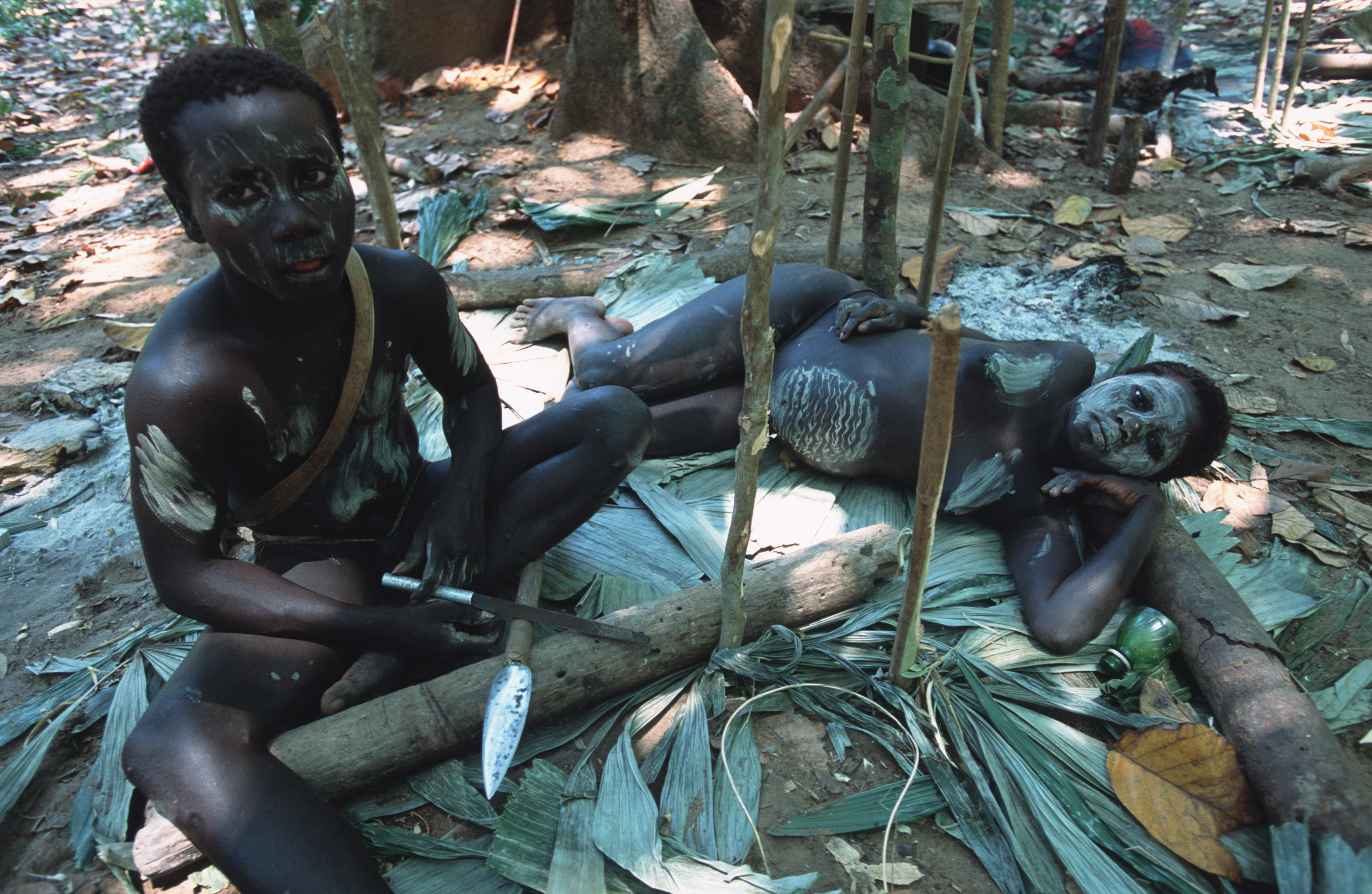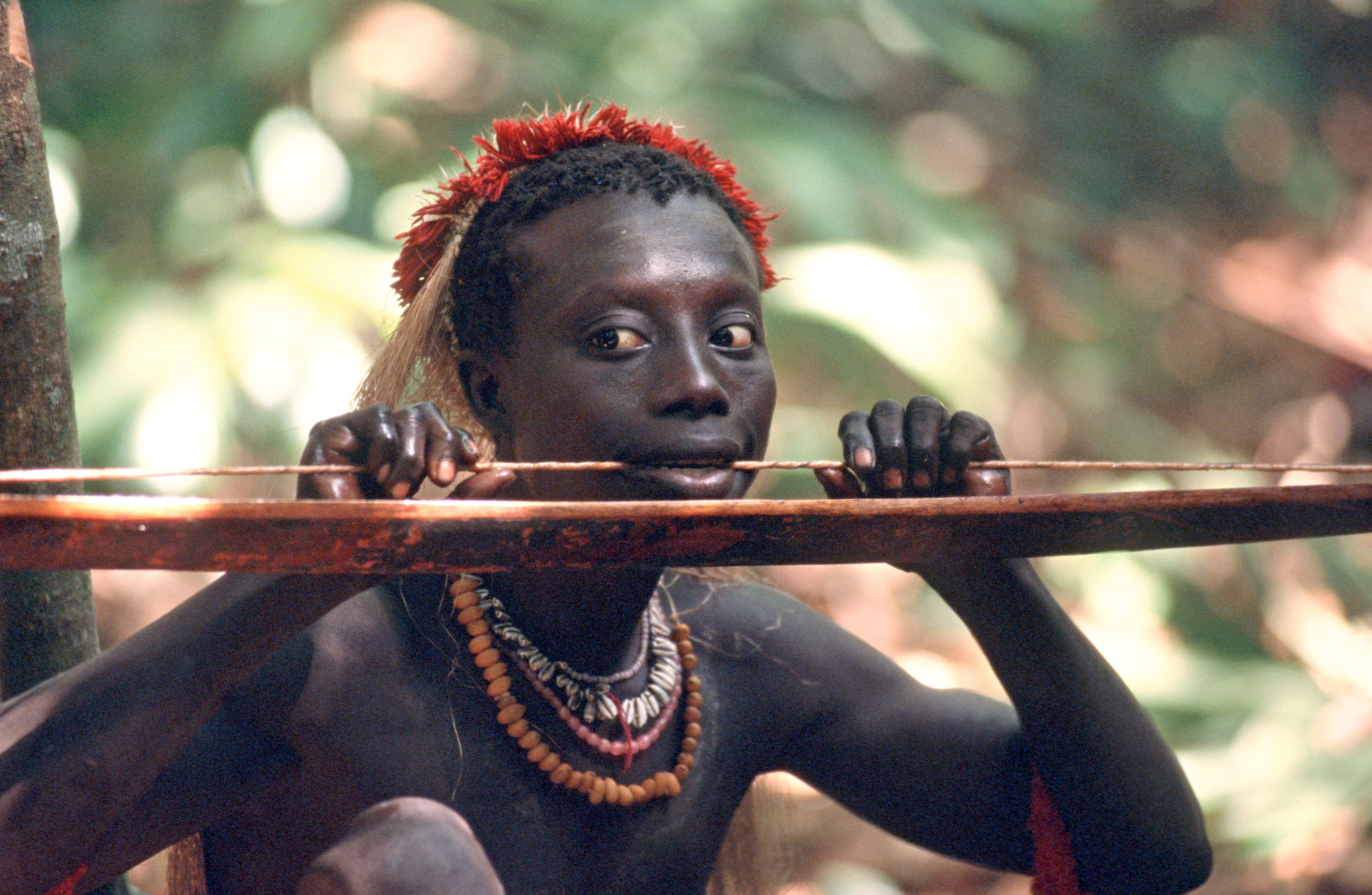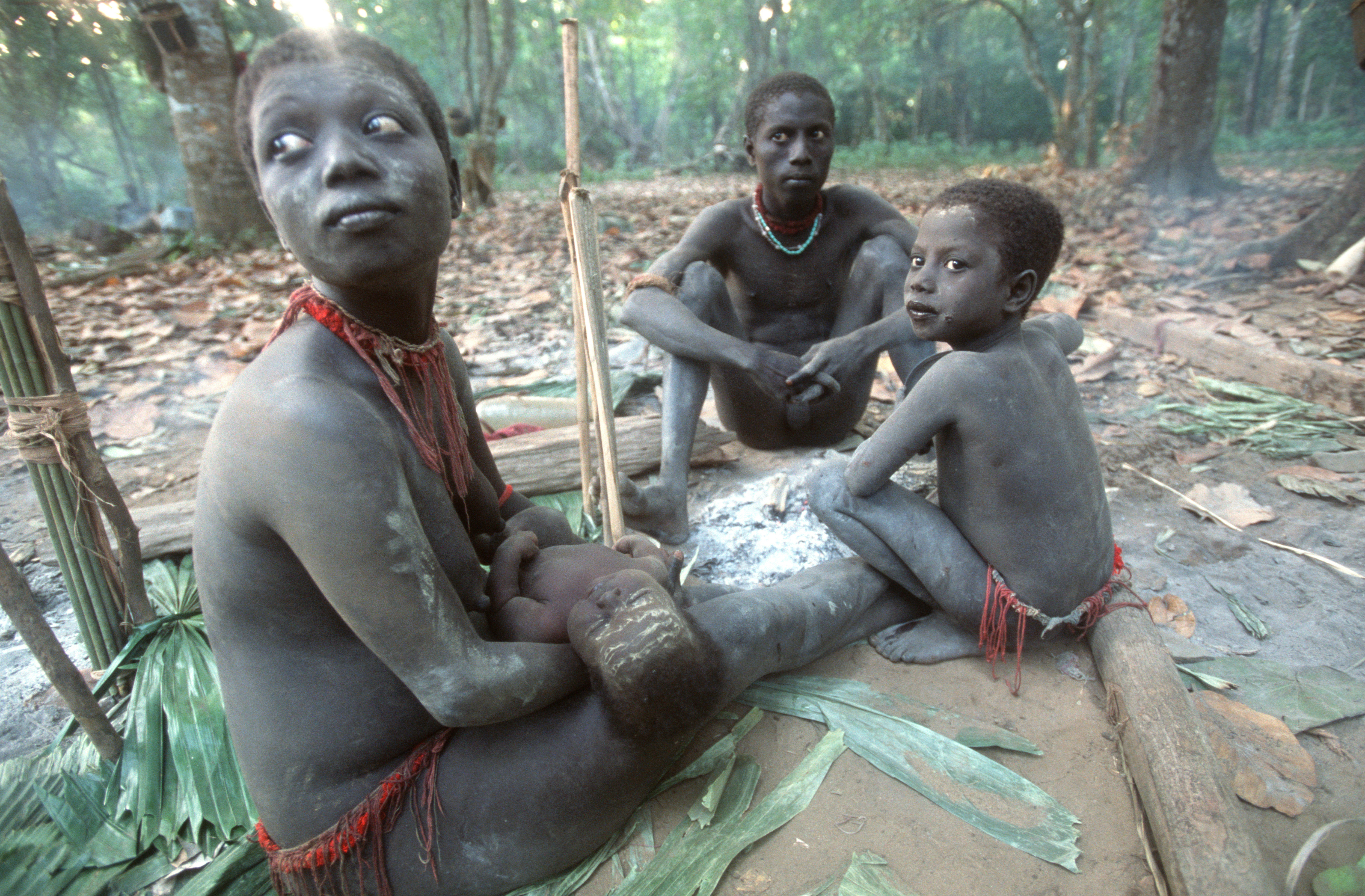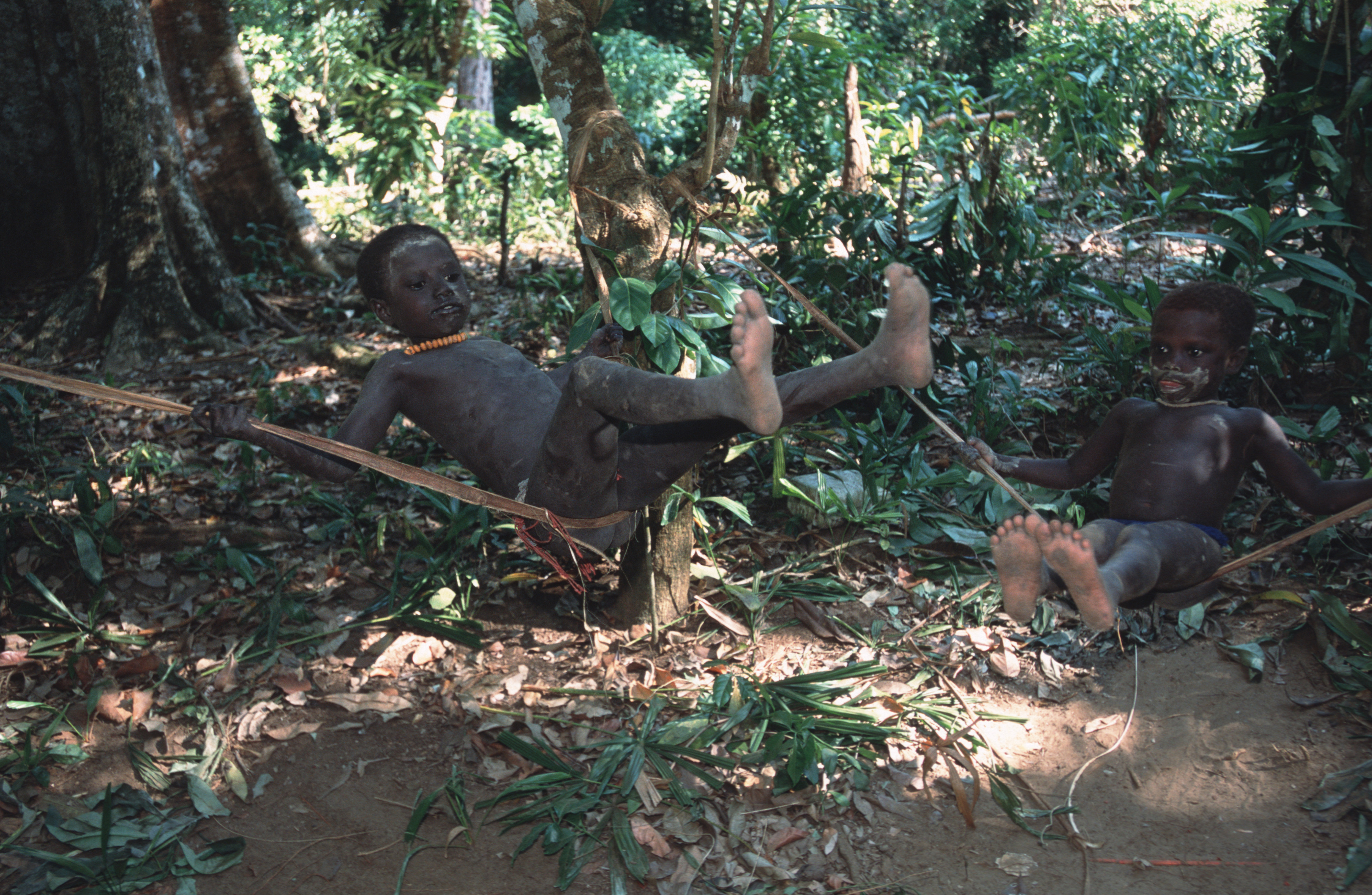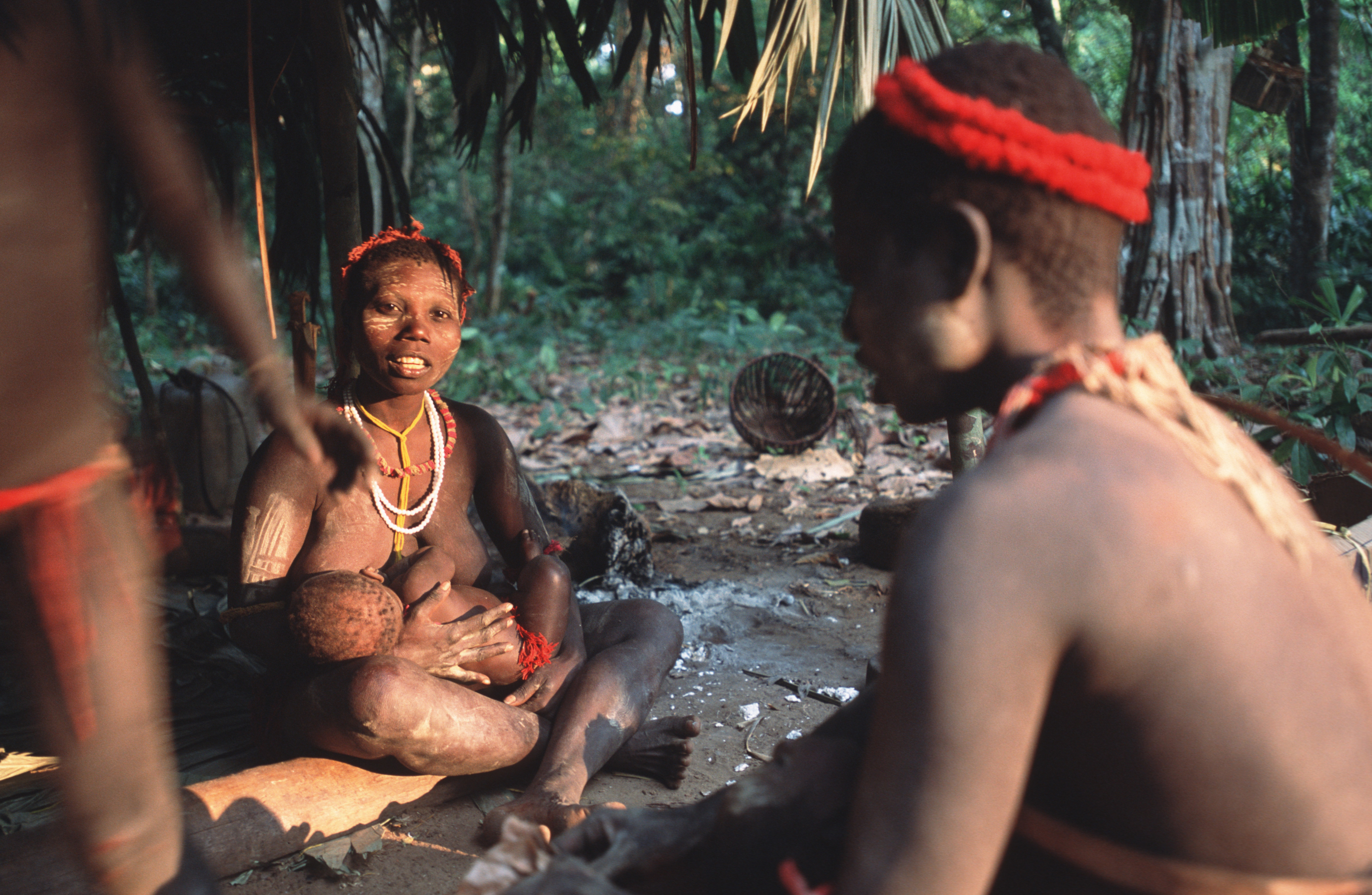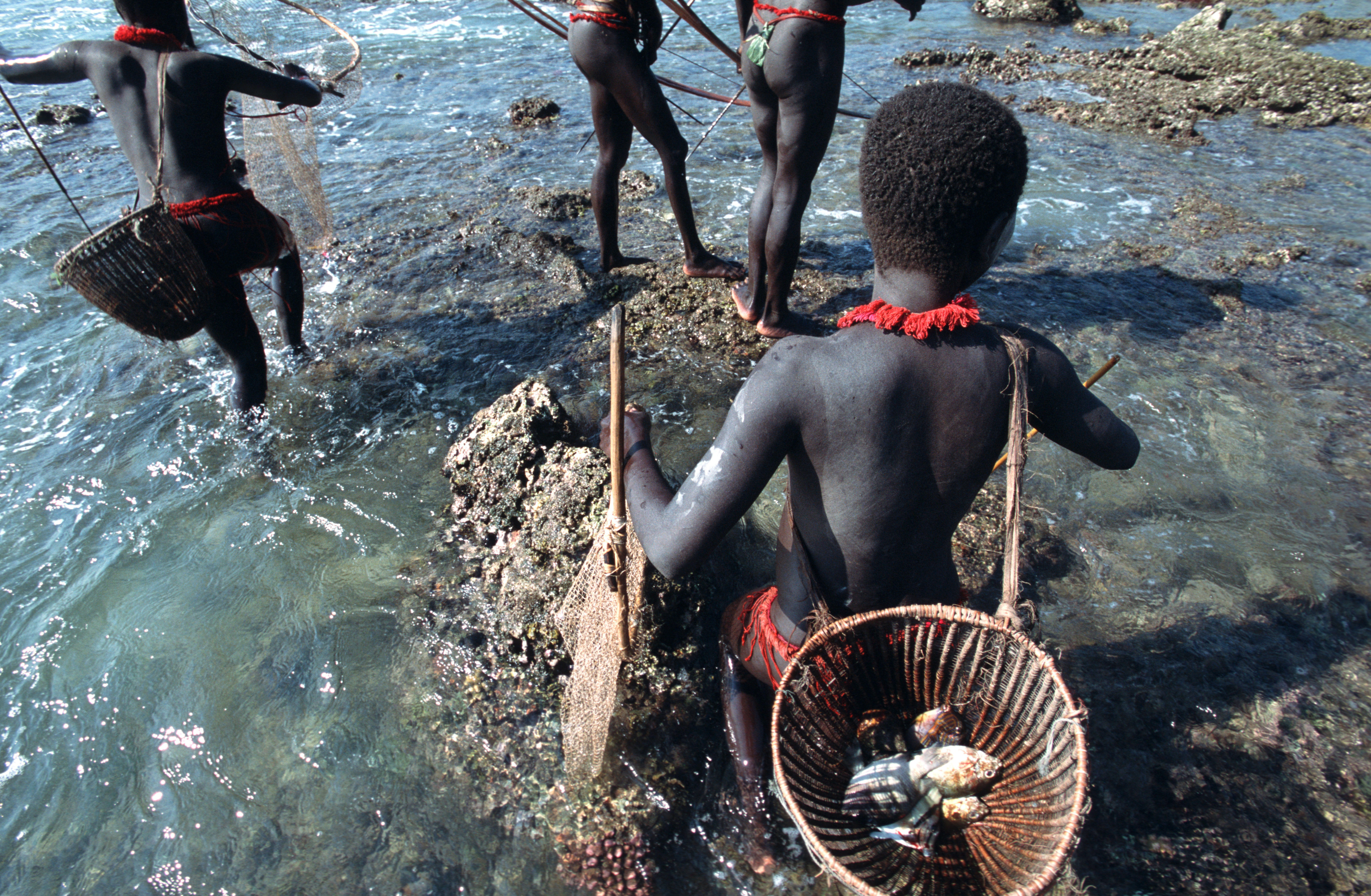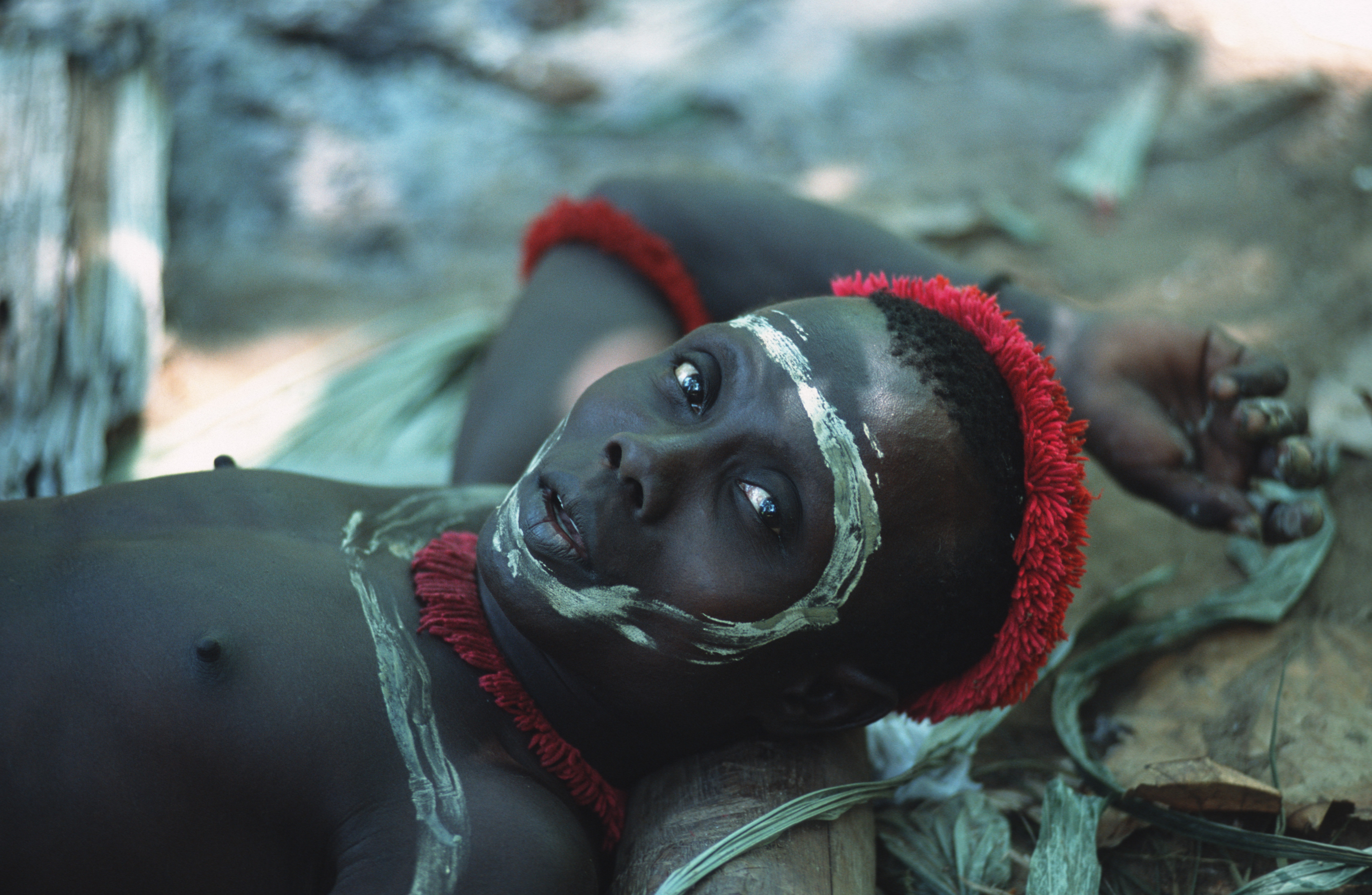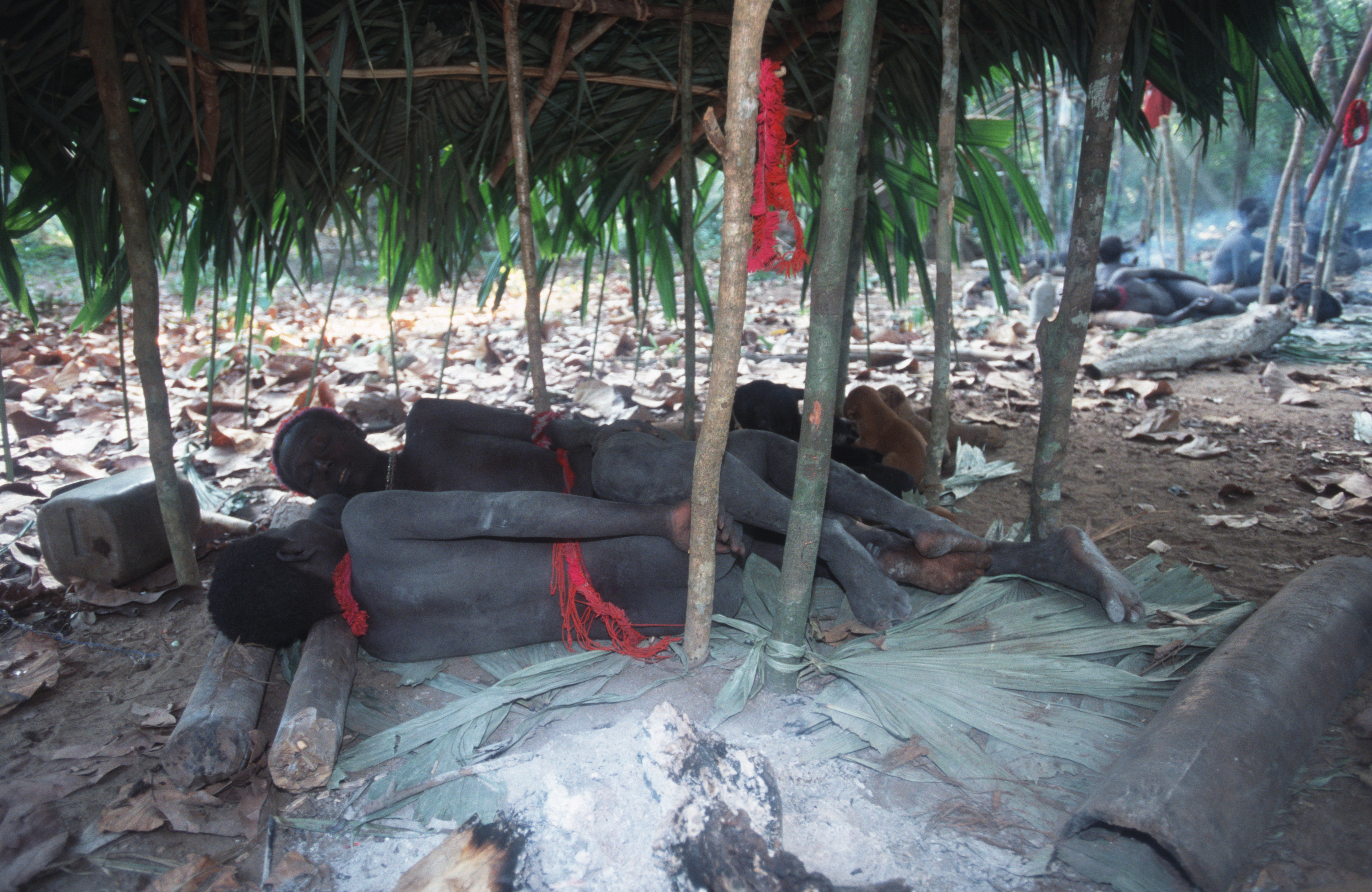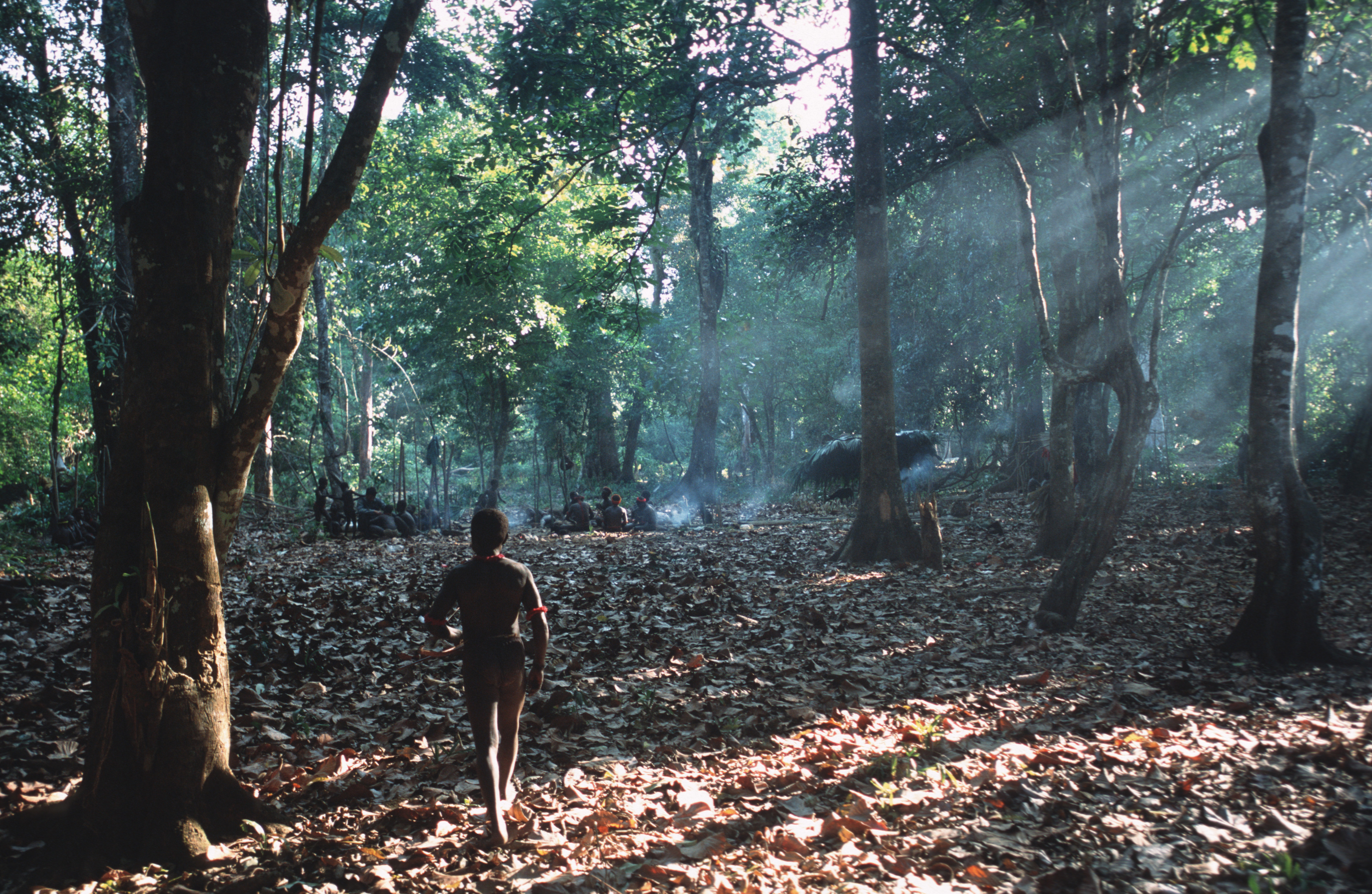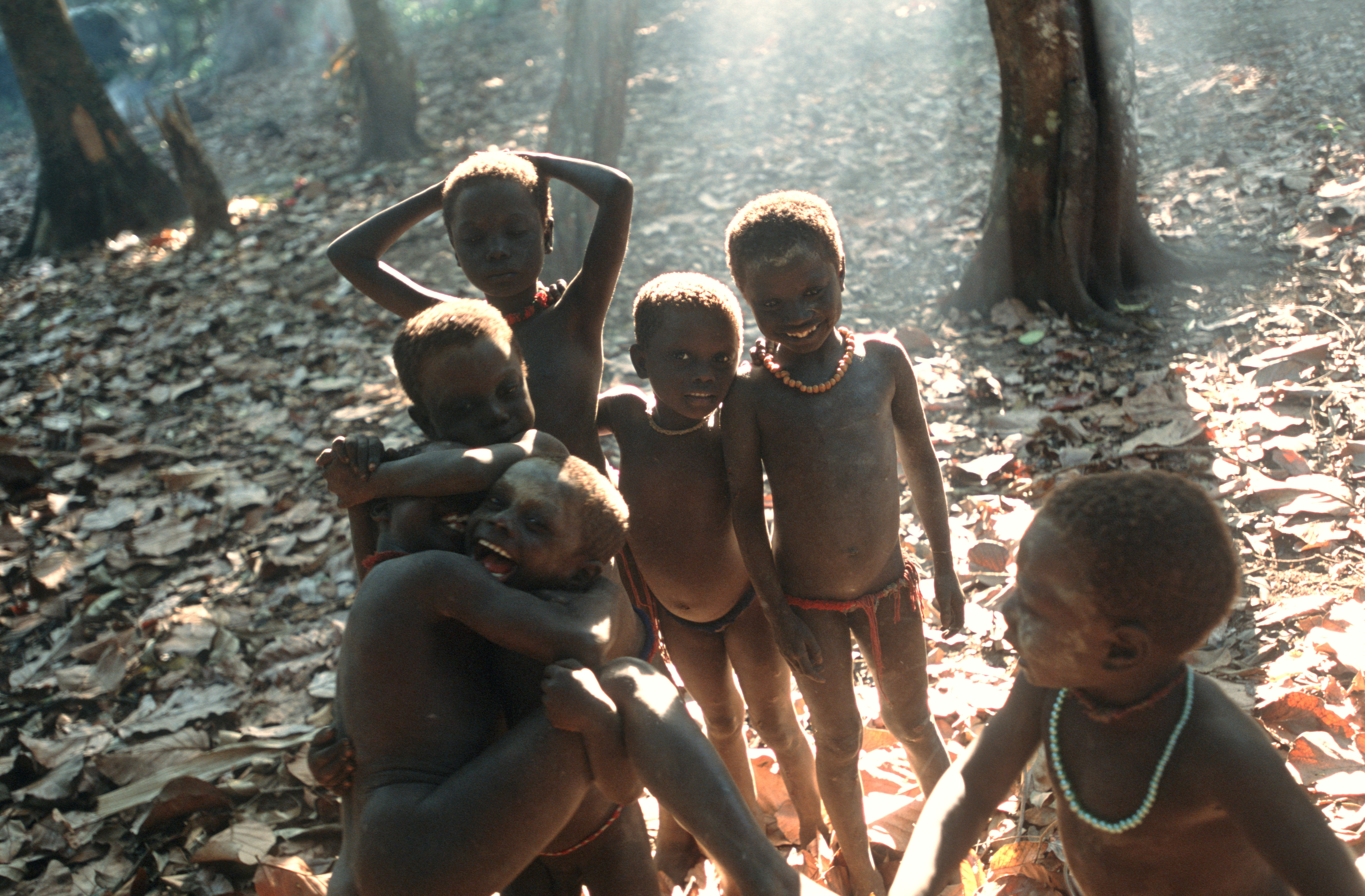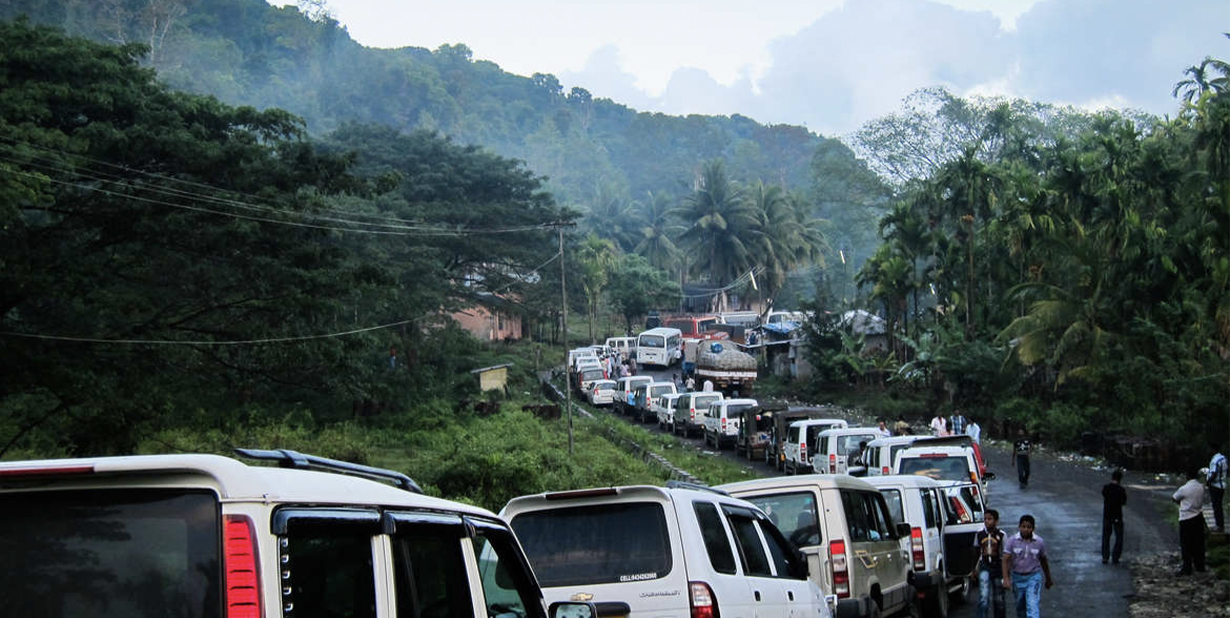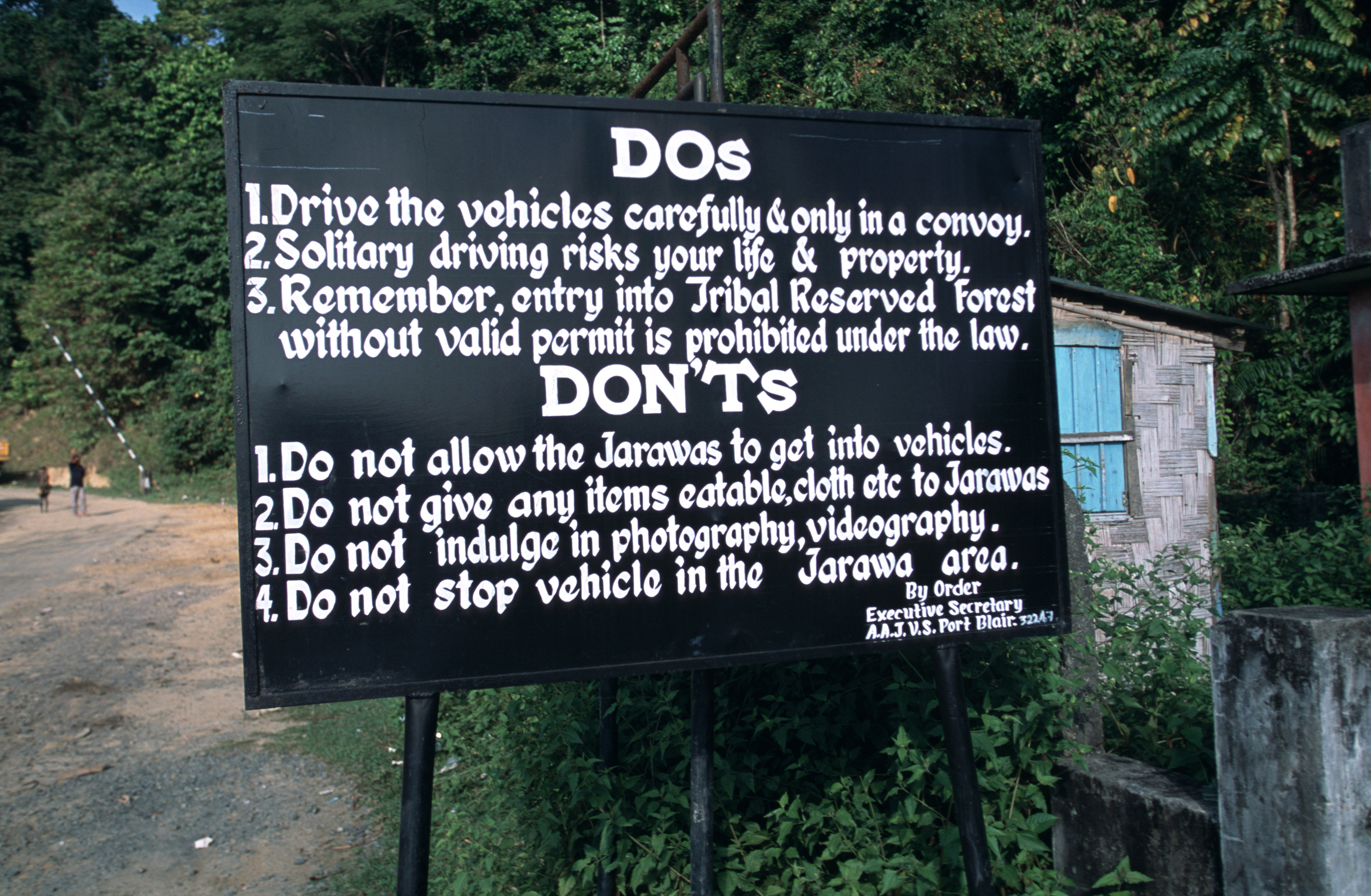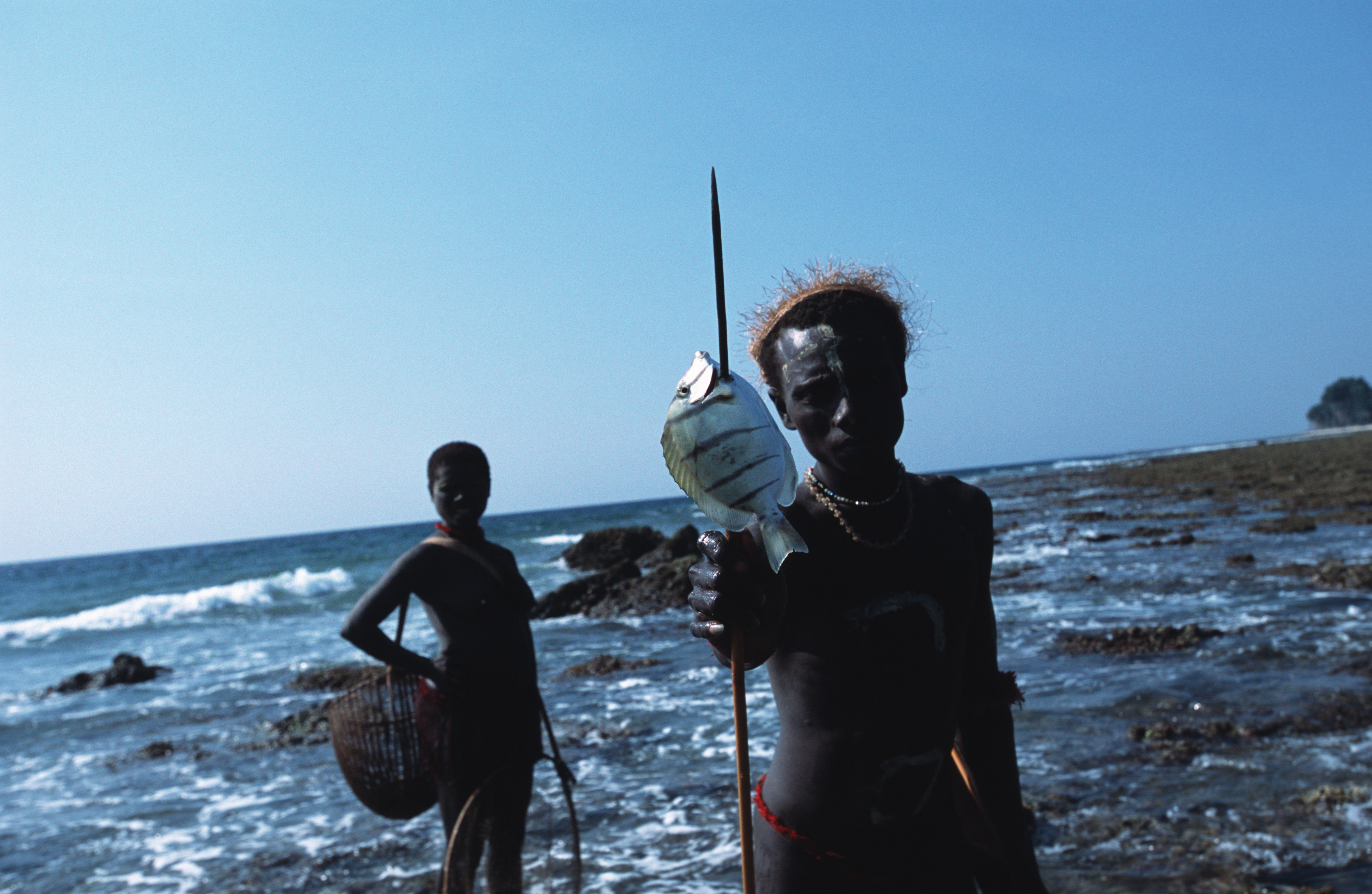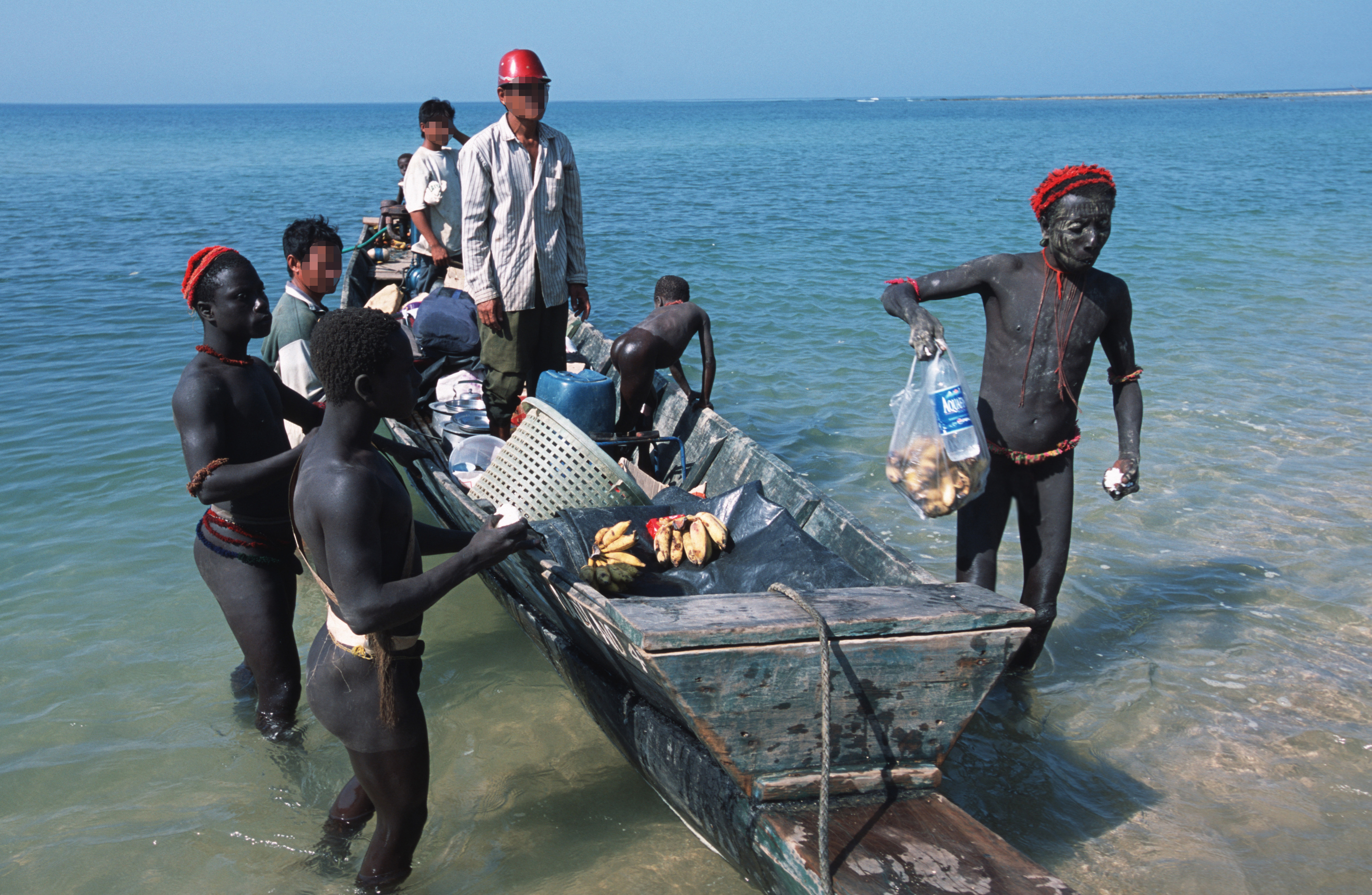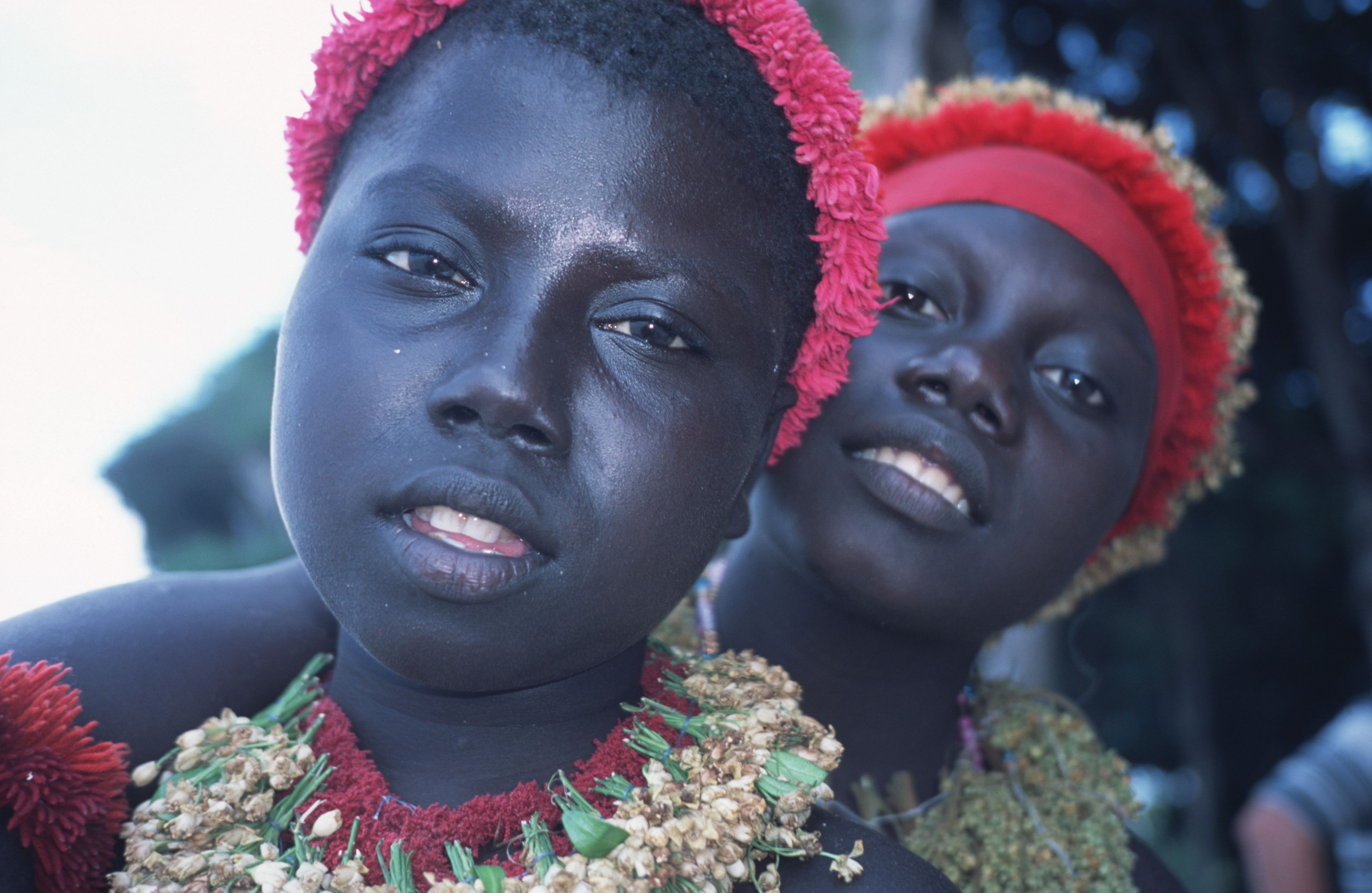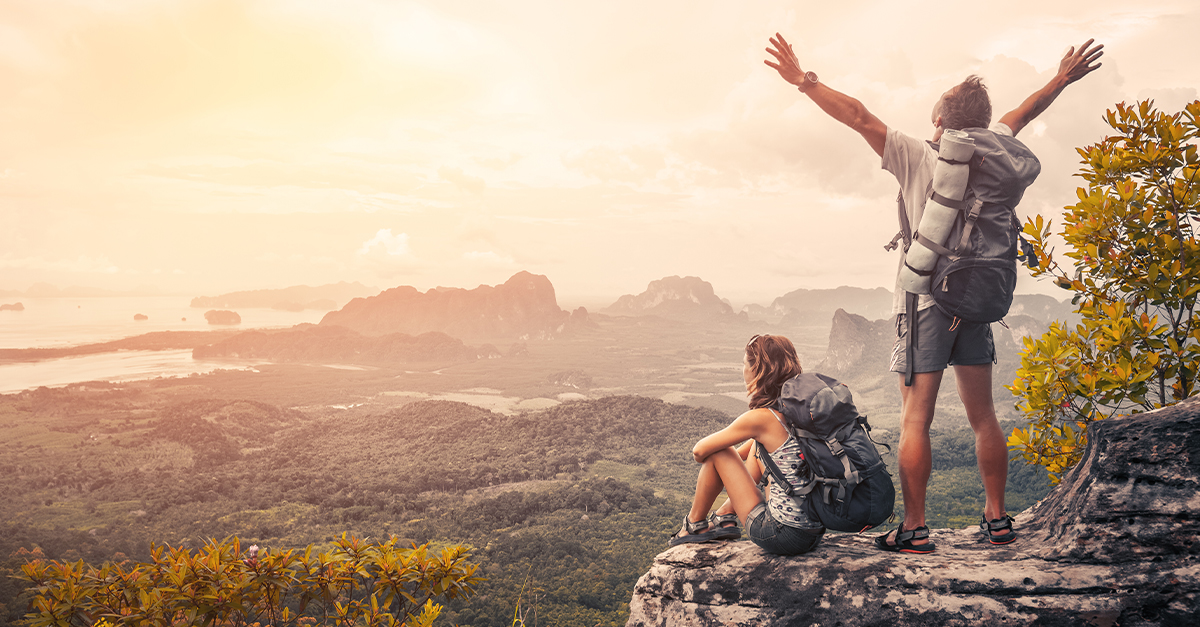The Jarawa Tribe: Guardians of the Andaman

In the dense tropical forests of the remote Andaman Islands, lives the Jarawa tribe—one of the last surviving tribes of the islands.
Their existence is a living testimony to an ancient way of life that has withstood the test of time and modernity.
This article, which includes captivating images, highlights the various aspects of the Jarawa community, shedding light on their way of life and the challenges they are faced with.
The Tribe
The Jarawa Tribe is one of the indigenous groups of the Andaman Islands. Their population has changed over the years due to various factors. Currently, it is estimated to be around 400. They live in groups of about 40-50 people.
It is believed that the Jarawa have made their way to the Andaman Islands from Africa close to 55,000 years ago. They are part of the Negrito population.
Their Culture
The Jarawa culture is closely connected to their environment. They have deep rooted oral traditions, including songs and stories of ancestors and the origins of the islands they live among.
Their intimate relationship with nature is reflected in their animistic beliefs and rituals where they celebrate the forest and what is provides.
Their Family Dynamic
The Jarawas are typically monogamous. The girls are married by the time the are 15 years old. Boys are married around the age of 18. Widows remarry quickly to keep family units stable.
Most families follow a nuclear dynamic, with an average family size of 3-4, including a husband, wife and young children. Once the children reach the age of 6 or 7 they no longer share sleeping quarters with their parents. Instead, they join a sleeping camp (in a separate hut from their family) with other bachelor boys or maidens, depending on their gender. From this age on, they are independent of their parents.
During monsoon months all families and groups come together under one large community hut for protection.
Their Customs
When a Jarawa child reaches puberty, a ritual is performed. The boys are to hunt a wild pig on their own and feed it to their group. The girls experience a 3-day ceremony involving food, rest, and fertility rituals. This is also the time that the children are renamed.
When children are around the age of 1 or 2, their elders begin discussing a marital match. Once the child reaches puberty, they leave their camp to reside with their would-be in-laws. They still sleep with other bachelors and maidens, but are now at the camp of their next family.
Their Customs Cont’d
When a child is born the birth is as natural as it can be. The woman is laid upon planks beside a fire that is kept burning until the child has been born. The women elders gather to aid in the birth, and celebrate.
The babies are breastfed for about 1-3 years. This is a shared responsibility by women in the group who are able to do so. Sometimes, childless women will soothe infants with their breasts to support other mothers.
When a tribe member passes, their bodies are laid to rest inside the forest away from camp. The bodies remain uncovered and exposed. They wait for decomposition and then collect some of the bones to wear as jewelry while in mourning.
Their Sustenance
The Jarawa have always lived as hunter-gatherers, with a profound knowledge of the land and sea that provides for them. They hunt pig, turtle and fish primarily.
They have detailed knowledge of more than 150 plant and 350 animal species.
They use bows and arrows to hunt game, and they collect fruits and honey from the forest. Food preparation is mainly done by roasting, baking and boiling, but they also consume a lot of food raw.
This lifestyle has remained unchanged, even with the modern challenges they’ve been facing.
Their Language
The Jarawa language is part of the Great Andamanese language family, a group of languages not related to any others on Earth.
Their language is not just a means of communication, but part of their legacy—a source of the tribe’s ecological and cultural heritage.
As the world loses languages, it also loses unique worldviews and information systems, which makes protecting the Jarawa language critical.
Their Homes
The Jarawa tribe lives in small, temporary huts made from materials found only in the forest. Their huts are known as “chaddhas” and are usually made from wood, leaves, and fibers, making them suitable for the warm tropical climate they live in.
These structures are basic and functional corresponding with their nomadic lifestyle.
The huts are typically built in clearings and provide shelter from rain, as well as a place to store their belongings. They are not meant to be permanent, and they can be abandoned and rebuilt as the tribe moves through the forest.
The family sleeps closely together between wooden posts that ensure they do not roll away from each other. Their body heat keeps them warm at night.
Their Infrastructure
The only structures built by the Jarawa are their huts that they sleep in. They do not have complex buildings or permanent structures as seen in more developed societies.
They build only what they need using limited resources.
The tribe has remained relatively isolated and continue to preserve their traditional lifestyle, free from modern influence and technology.
Their Isolation
The Jarawa’s isolation has kept them protected from diseases and cultural weakening that have destroyed other indigenous populations around the world. They are reportedly very happy with their isolated lifestyle, and continue to push toward keeping it that way.
Originally, the Jarawa were very hostile toward outsiders—ending the lives of anyone who ventured into their territory.
Their Contact with Others
There is a road called The Andaman Road that cuts through the Jarawa reserve. This road has been a hot topic as it poses a significant threat to the tribe’s well-being.
The road has brought them into closer contact with outsiders. This has lead to disruption of their travel routes and exposure to illnesses they have no immunity for.
Even though it is illegal to interact with the Jarawa, this development has made it increasingly difficult to maintain their isolation.
Tourism and Its Impact
Another significant challenge for the Jarawa is tourism.
Illegal human safaris have taken place, where tourists line up to catch a glimpse of the tribe, treating them like an attraction rather than a community with rights to privacy and dignity.
This exposure not only endangers their health, but it also threatens their cultural identity.
Threats to Their Livelihood
In addition to The Andaman Road, the Jarawa are also at risk of losing their traditional hunting grounds to poachers, and their homeland to illegal loggers.
This causes a depletion of resources, making their self-sufficient lifestyle difficult to uphold, and forces unwanted changes upon their community.
Legal Protection for the Jarawa
The Indian government has recognized the need to protect the Jarawa and their way of life. Several laws and regulations are in place to prevent commercial exploitation and contact with the tribe.
The Supreme Court of India has also banned the entry of outsiders into Jarawa reserves, although enforcement is challenging.
Advocacy groups continue to push for stricter enforcement of existing laws and a greater respect for the tribe’s autonomy.
Some groups have been allowed to make brief contact offering goods that offer minimal risk to the tribe.
The Future of the Jarawa
The Jarawa represent a way of life that is among the oldest on our planet. The protection of their territory, health, and cultural identity is not only a matter of human rights but also of preserving human diversity and history.
As the modern world continues to expand, it is critical to ensure that the Jarawa can continue to live as they always have, free from external pressures.


